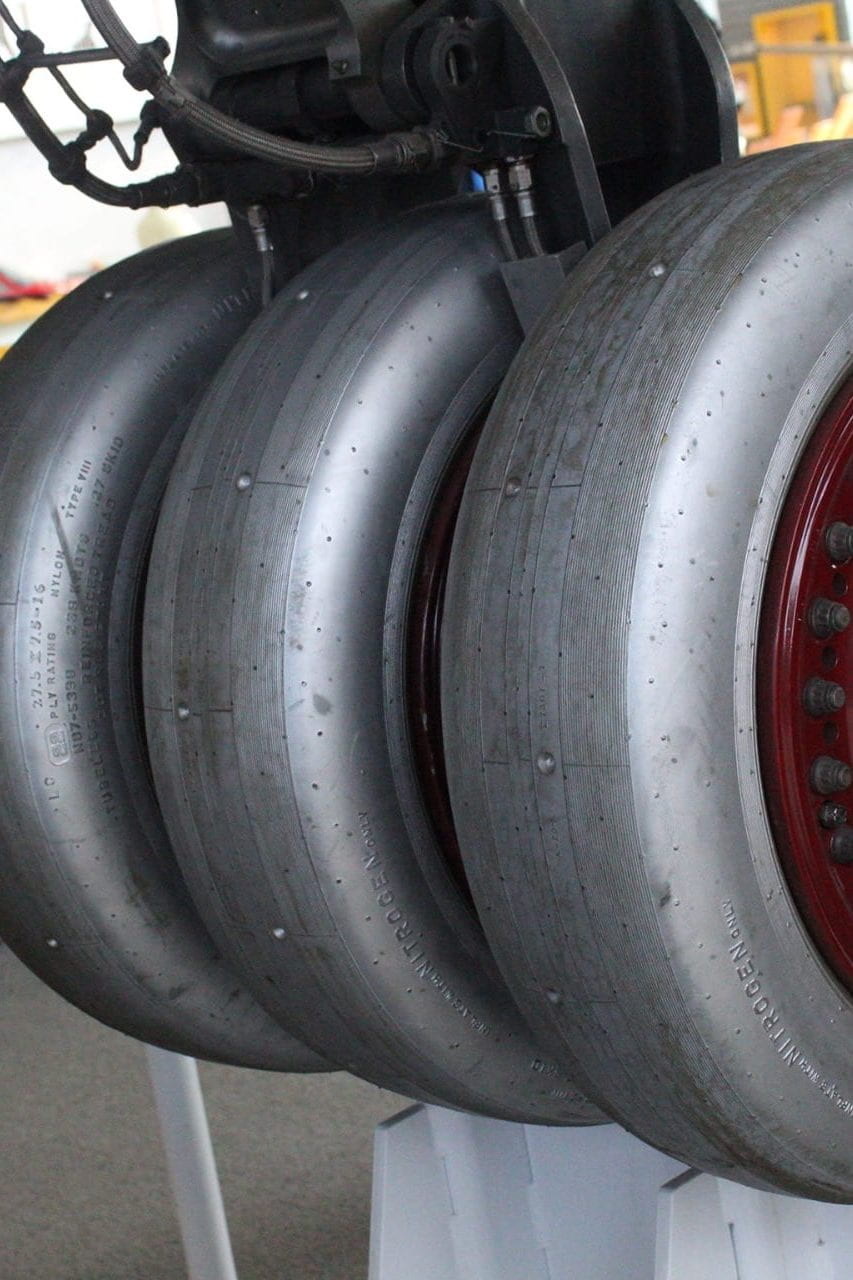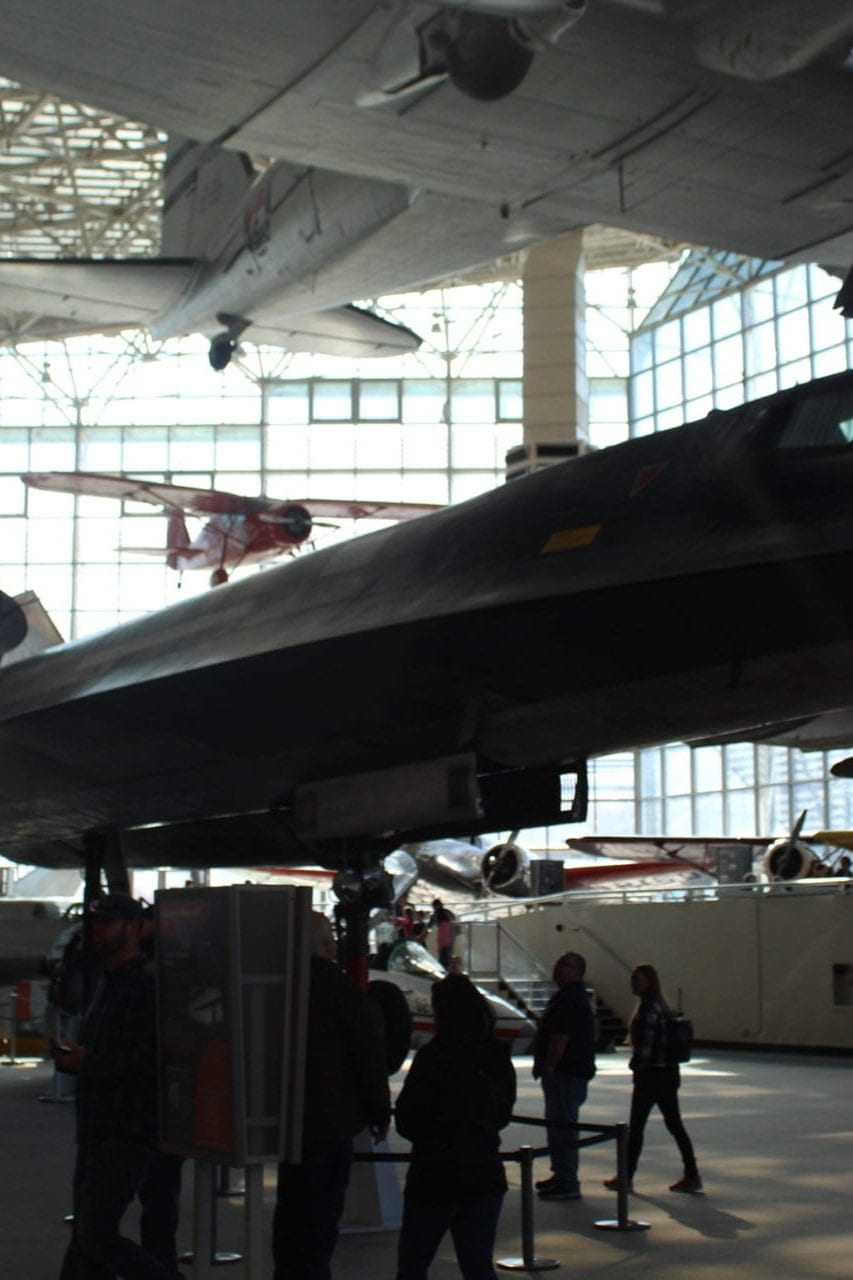AThis essay is part of a project called “Cray Cray Yay Yay” (which doesn’t make sense to me either), where we try to figure out why crazy people are what the world needs to change itself.
So far, we’ve looked at examples of cray people from history (good crazy, not terrorists/ bad crazy etc.) including Apple’s think different campaign as well as people we learned about around Seattle on our trip. Crazy things work too, and I think my essay is pretty good at showing my interpretation of the driving question: “Why does it take a crazy person to change the world”
“Let the world in if you want it to benefit”
Have you ever seen the Seattle Kraken play a home game? Have you ever flown in a plane that used composites and advanced materials? Have you ever stepped foot in a building that looks too organic to be true? Then you’ve benefitted from the inventions and innovations from the crazy ones. The ones who change the world by using things and techniques not seen by others in the same field to fill needs that haven’t yet been seen by society. These crazy people are the ones that bring the problems to light, and lead human innovation forwards.
The use of Computer Assisted Design (C.A.D) had not been seen before in architecture, and the concept of using CAD for the designing buildings hadn’t been utilized by the rest of the world. This new idea meant that buildings can be built to express the architects instead of being constrained by the laws of physics. Frank Gehry was seen as someone who ruined buildings and devalued neighborhoods when he started his iconic style of design, however, as the years have gone on, the old guard of architecture have gone, and Gehry’s avante-garde style has shaped how humans have viewed the construction and design of buildings.
The climate pledge arena was a novel concept when it was originally built. For example soy based paint wasn’t seen as something that could be sustainable in arenas. Additionally, the arena being net zero was something that hadn’t been viewed as possible by such large and high-traffic buildings as a sporting arena. However, with the massive influx of money from Jeff Bezos, the arena was able to find sources of sustainable energy, food, and water.The use of rain collection devices has been seen before, in many other countries, however, none have been on such a large scale as the one on the climate pledge arena. The concept of onsite solar panels isn’t new, but it’s been the first major use of solar energy in a sporting arena, with both offsite and onsite energy being Net-Zero.
The M-12 Oxcart used titanium, which was ignored by others because it was seen as too expensive, to make a reconnaissance vehicle that could make overflights over the USSR without burning up. The A-12/M-12 also paved the way for the future of high-speed reconnaissance flights over the enemies of America via the SR-71 Blackbird. Lockheed Martin also paved the way for stealth technology with the F-117 and the QuietStar, until Northrop Grumman took up the mantle of stealth with the B-2 and B21. Lockheed now has committed to air supremacy fighters with the F-22 and the F-35. The D-21 Drone was crazy as drones hadn’t been considered for reconnaissance in any serious role before. The D-21 was used for its unmanned quality to go around a loophole in a treaty signed between the Soviet Union and the U.S.A. which banned manned overflights of the USSR. Lockheed Martin’s skunk works program was a program that, much like PLP, was created for innovation, and bringing their industry forwards. The skunk works program was able to make use of innovative materials and techniques that hadn’t been used in aviation to push humanity forwards.
Crazy People make the future they want to see. The tunnels, the toilets, the planes, or hasn’t been seen, the crazy ones bring the world into their ideas to show the world how it can be better.
That’s my essay done, so now I’ll give you a toilet enthusiast’s tour guide to Seattle as a bonus for people who read this far.
This plan is for roughly a day trip that encompasses the unique toilets and bathrooms of Seattle.
Pike Place: Pike place’s toilets are average, however, the signage is interesting. On the floors of the men’s/women’s washrooms were “XY”and “XX” respectively. This seems pretty disrespectful to my trans homies who use bathrooms that don’t assign with their AGAB, as well as people with, for example, Kleinfelter’s syndrome, where the person is born with XXY chromosomes. Good toilets, disappointing signage. 4/10
S.I.F.F/Cinerama: In a complete change from the last place, the toilets here are also average, but the interesting part about it is that the washrooms aren’t labeled Men/Women. Instead, they are labeled as “Washroom with Urinals” and “Washroom without urinals”. This breaking of the gender binary is pretty rad, but there are definitely some implications there. Go and watch a movie and see some exquisite toilets. 8/10
The Bill and Melinda Gates foundation: The bill and Melinda gates foundation has a fascinating exhibit on toilets that was about to open. We were able to see designs for toilets that would save water, clean water, and would make the experience of going to the toilet much more hygienic. I highly recommend giving this place a visit if you have any interest in sanitation in less developed countries. 10/10

Thanks for reading this blog post, and I’ll see you in about 3-4 months.












Leave a Reply